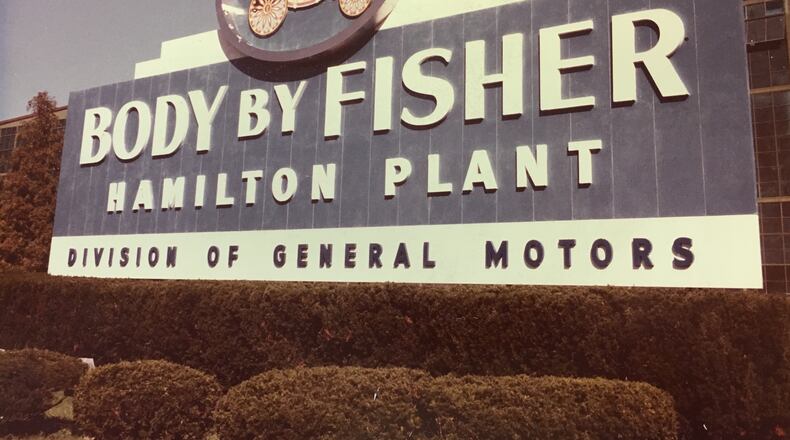Fisher Body history
Fisher Body, which stamped parts to various General Motors vehicles, opened in 1946 at the corner of Dixie Highway and Symmes Road. At its largest, Fisher Body employed as many as 5,000 people, and 2,500 worked there when General Motors. Former employees said it was a shock because the Fairfield plant was the top Fisher Body plant at the time.
Huge economic impact
The plant was in the city of Hamilton until 1954 when half of Fairfield Twp. was formed into the village of Fairfield, and eventually the city of Fairfield in October 1955. Fisher Body, according to the city, contributed about $1.7 million to the city’s overall income tax revenues.
Closure announced
It was announced in 1986 the plant would close, and it ceased operations in 1987. The last pieces of equipment were moved out of the building in 1989. Tim Bachman, the city’s former development services director, said “it was a scary time” as the city was faced with losing 2,500 private-sector jobs.
Fairfield makes changes
City leaders committed to ensure they wouldn’t ever be heavily reliant on one business. After a failed income tax levy request, and two failed bond issues to address flooding at the time, the city invested in infrastructure along the Ohio 4 and Seward Road corridors. Those efforts brought in businesses like Pacific Manufacturing and Ohio Casualty Group (later known as Liberty Mutual).
How Fairfield survived
Fairfield was on the “cutting edge” in offering tax incentives to attract businesses to the city, said Bachman. The city had a lot of vacant land, so staff focused efforts to grow and diversity businesses on that area. There were new state and federal tax incentive deals for businesses, which Fairfield embraced. Former city officials said Fairfield would not have seen the extent of its growth without aggressively attracting businesses with the incentives.
About the Author

